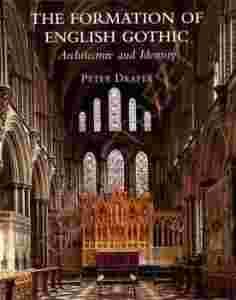|
This title is winner of the 2009 Alice Davis
Hitchcock Medallion awarded by the Society of
Architectural Historians of Great Britain. In this
original and wide-ranging account of architecture in
England between c.1150 and c.1250, architectural
historian Peter Draper explores how the assimilation of
new ideas from France led to an English version of
Gothic architecture that was quite distinct from Gothic
expression elsewhere. The author considers the great
cathedrals of England (Canterbury, Wells, Salisbury,
Lincoln, Ely, York, Durham, and others) as well as
abbeys, parish churches, and secular buildings, to
examine the complex interrelations between architecture
and its social and political functions. Architecture was
an expression of identity, Draper finds, and the unique
Gothic that developed in England during the first half
of the thirteenth century was one of a number of
manifestations of an emerging sense of national
identity. The book looks closely at the significance of
architecture and specific architectural features as
understood at the time, inquiring into such topics as
the role of patrons, the relationships between patrons
and architects, and the variety of factors that
contributed to the process of creating a building. With
250 illustrations including more than 50 in colour, this
book offers new ways of seeing and thinking about some
of England's greatest and best-loved architecture.
|
|

